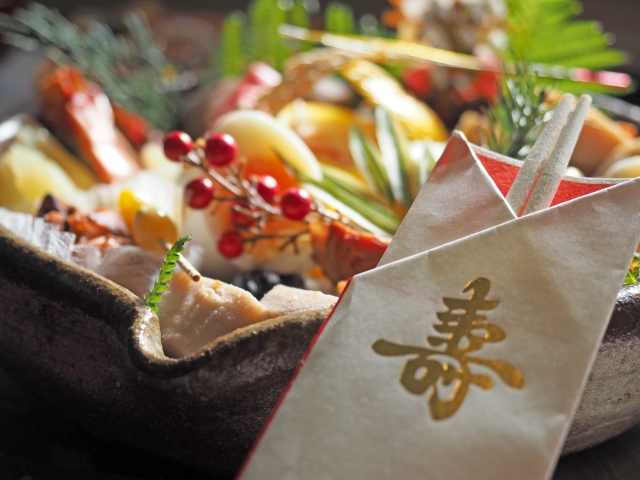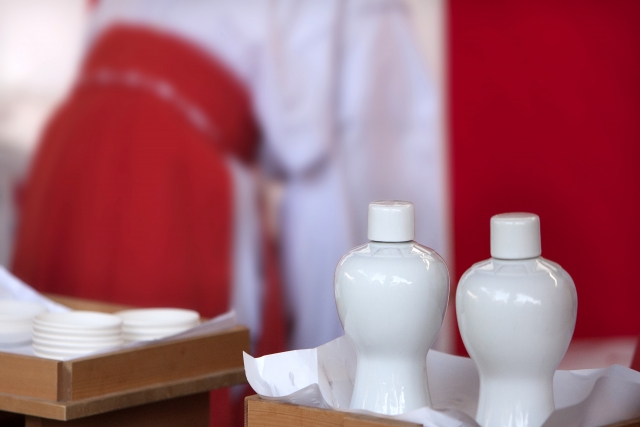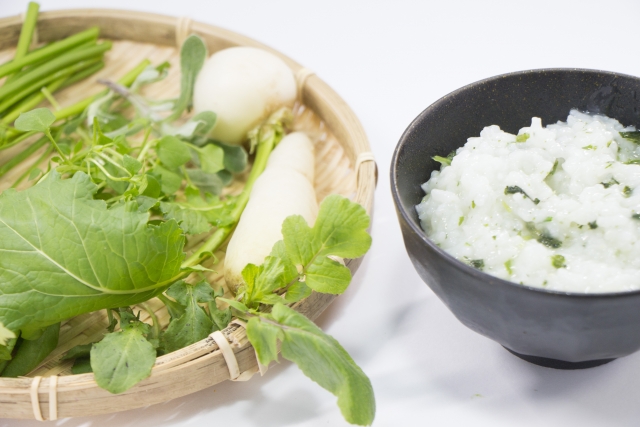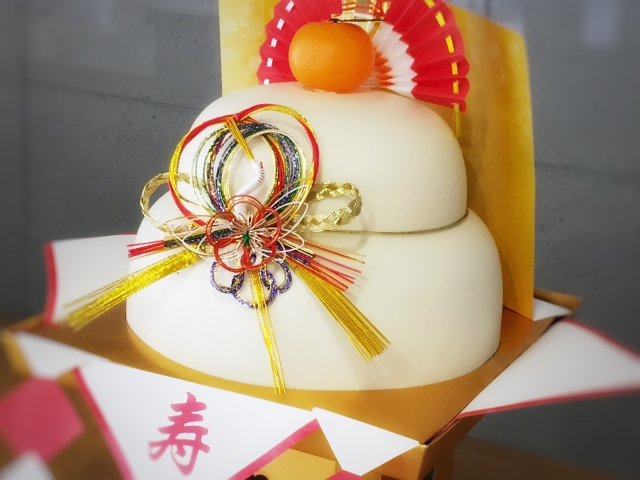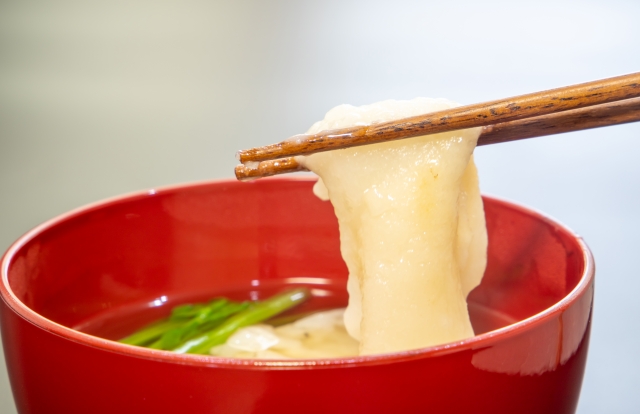
Soba noodles eaten on New Year’s Eve (December 31), the last day of the year, is called “Toshikoshi-Soba”.
It is a Japanese culture and custom that has become a year-end tradition in Japan.
Soba is a Japanese noodle made from buckwheat flour, which is made from buckwheat seeds.
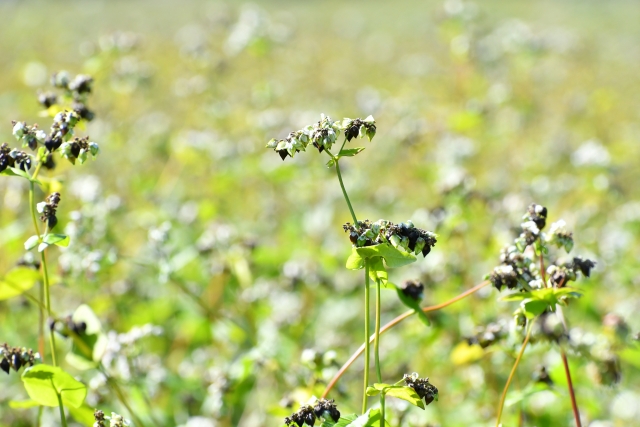
Soba is usually made from buckwheat flour, binder, and water.
Why is it customary to eat “Toshikoshi-soba”?
The purpose is to bring good luck.
The Origin of “Toshikoshi-soba”
“Toshikoshi-soba” is a Japanese cultural custom that took root in the Edo period (1603-1868), and there are many theories about its origin.
There are many theories about the origin of this custom, and there are also many theories about the content of “good luck”.
- Soba is eaten before New Year’s Eve to “cut off the evil of the year” because it is easier to cut than other noodles.
- Soba is long and thin, and is used to wish for longevity.
- It is a good luck charm to collect gold, as buckwheat flour dumplings were used by goldsmiths to collect gold and silver powders.
When eating soba at the end of the year, please try to remember the “good luck” content of the food.


